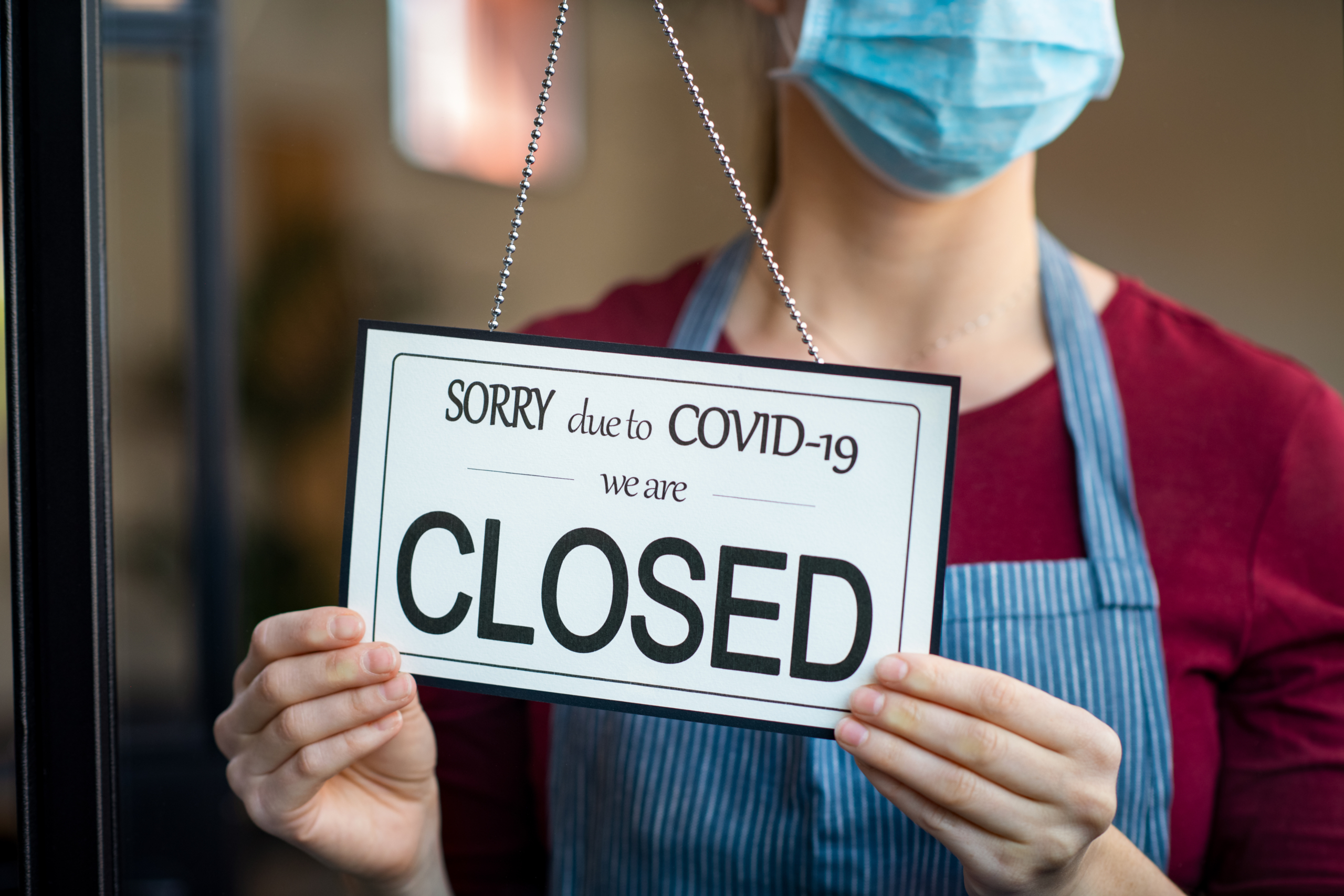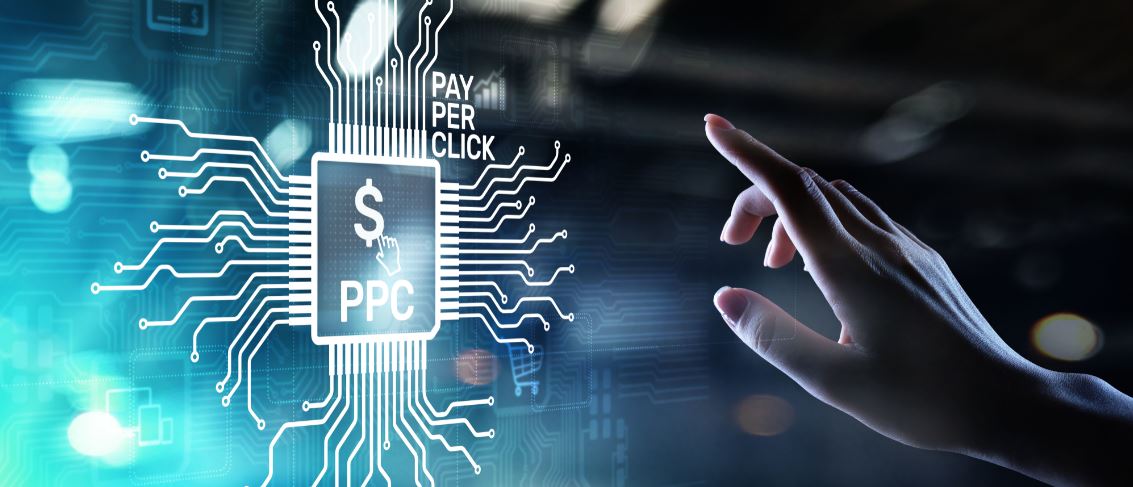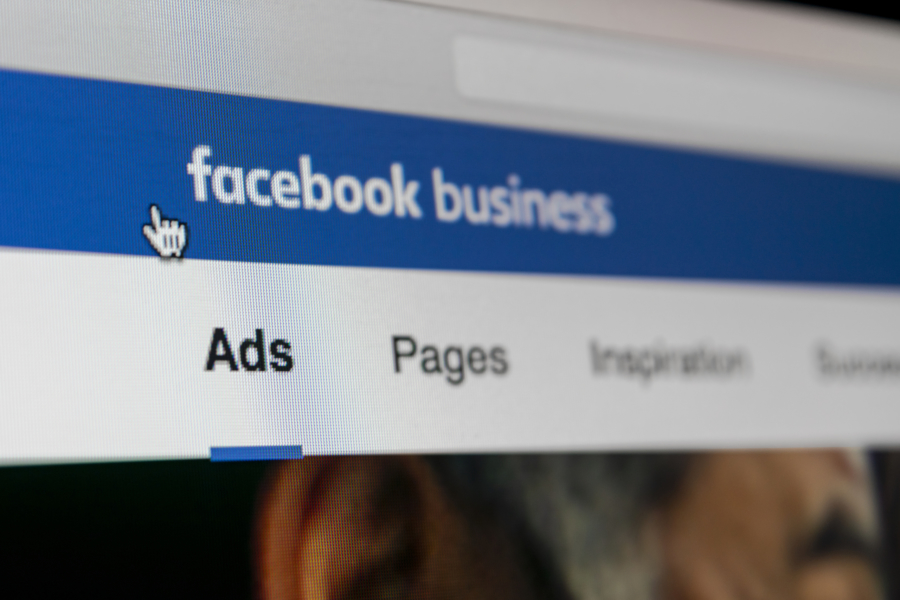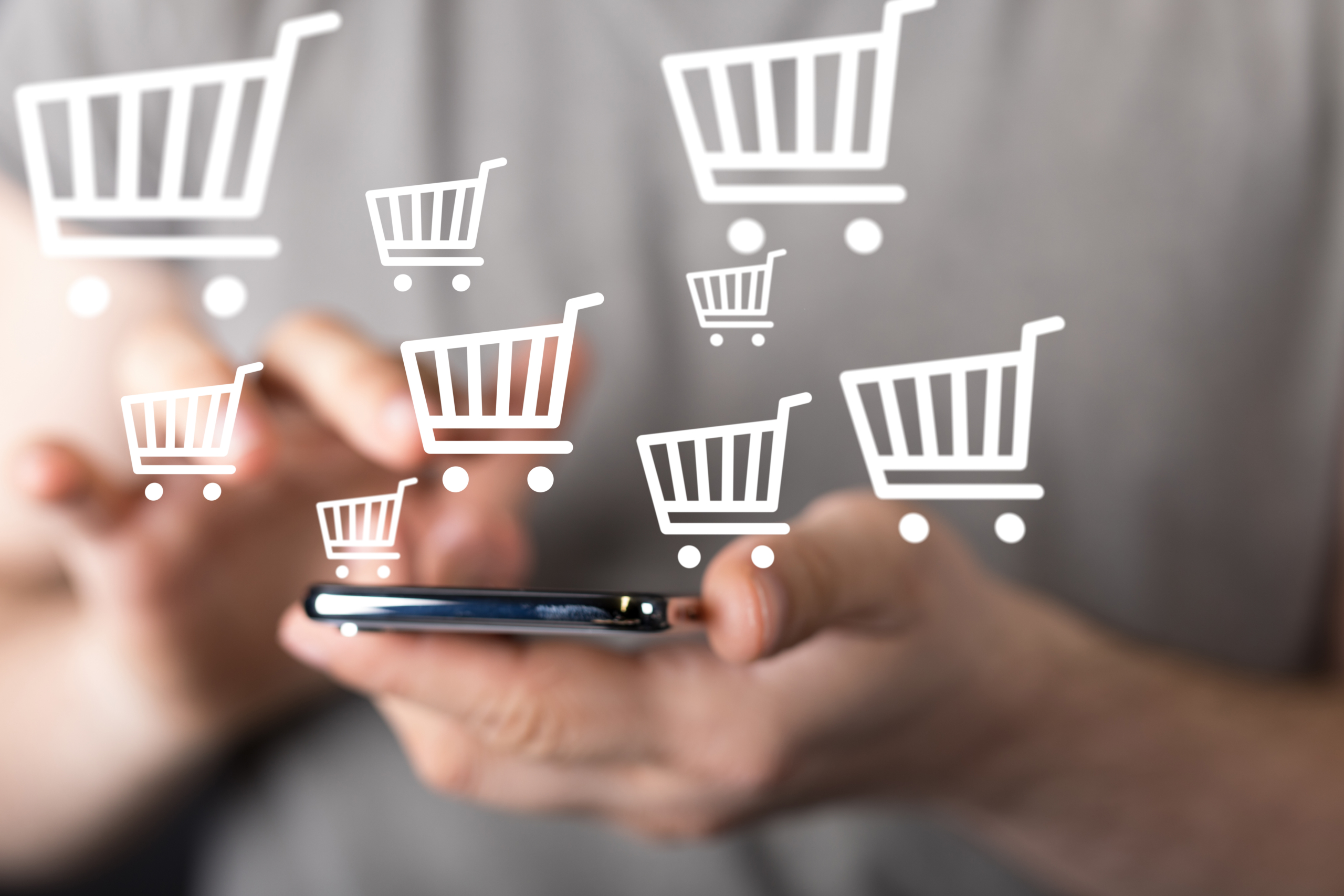This pandemic has not only been a world health crisis, it also serves to be an economic crisis. While the world as we know it has been impacted significantly as a whole, among the hardest hit sectors
- Home
- Digital Marketing
As a business owner, you’ve likely been wondering what it would look like for you post COVID-19. While it’s not post COVID-19, states are starting to reopen and allowing businesses to reopen as well. Despite this, polls
Google announced last month that it will now be allowing free listings in Google Shopping search results. Google also released information that retailers can integrate PayPal with their Google Merchant Center accounts. That integration is officially live!
People may be clicking, but when are they buying? Are consumers buying too much too fast? When do they really decide to convert and make a purchase? When will brick and mortar stores reopen and foot traffic
With the recent lift of the nation-wide shut down, the country is slowly opening up on a state by state basis, but the majority of businesses still remain physically closed. Due to the uncertainty surrounding the situation,
Has the current pandemic catapulted your small business into the world of social media advertising and e-commerce? In what is already an overwhelming time, starting from scratch on how you're advertising your small business may seem like
The benefits of advertising your business on Facebook are endless. With over a billion active users, cutting edge features, and detailed targeting ability, why wouldn’t you market yourself there? Despite all its advantages, many businesses still struggle
Google Shopping is responding to the coronavirus crisis by taking steps to make it easier for more merchants to sell via the platform free-of-charge. The Google Shopping tab results “will consist primarily of free product listings” starting
Right now, everyone is shifting the focus of their content to COVID-19. Rightfully so, as it’s impacting everyone and everything around the world. People are looking for answers and businesses feel compelled to respond. This creates a
Social media platforms were quick to ban people from creating advertisements in reference to COVID-19. Several industries eager to educate the public about and promote their efforts to fight the coronavirus and the COVID-19 disease it causes















